The Evolution of Middlebrow: From Literary Criticism to Popular Discourse
Posted on Nov 20, 2023 in The Art of Middlebrow

There exists a nebulous, sometimes vilified intermediary, middlebrow culture somewhere between elite and public culture. The 1930s and 1950s saw the height of middlebrow culture, which mocked as arrogant and bourgeois and denigrated as mediocre, plodding, conformist, and second-rate. Emerging from literary criticism, it has evolved into a broader term in popular discourse, reflecting changing attitudes toward the consumption of tracing the roots of middlebrow culture and art. This article explores the evolution of the concept of middlebrow, tracing its origins and current standing in the cultural landscape.
Origins in Literary Criticism
The term “middlebrow” surfaced in the early 20th century amidst fierce debates within literary circles. Initially, it was somewhat derogatory, used by highbrow critics to deride works and tastes they deemed neither intellectually challenging nor artistically avant-garde. Middlebrow got seen as a ‘middle ground,’ lacking the sophistication of highbrow literature and the simplicity of lowbrow, popular fiction.
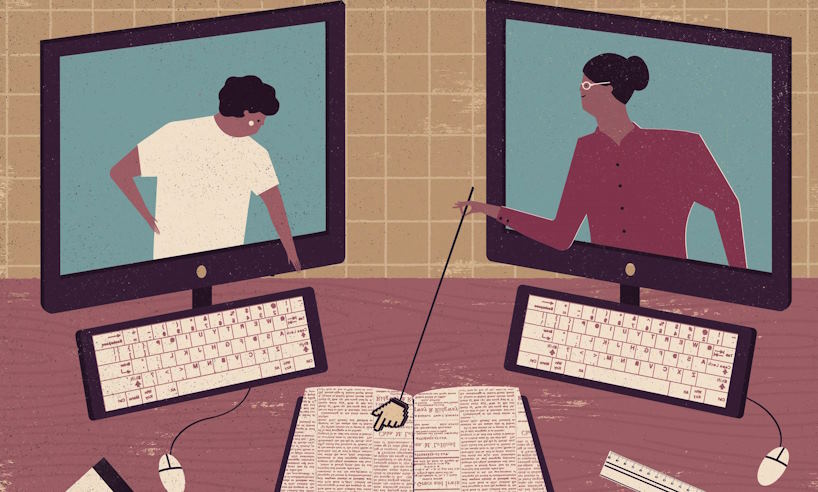
The Post-War Expansion
The post-World War II era saw a significant shift. As education became more accessible and literacy rates rose, the middle class expanded, bringing with it a surge in the consumption of culture and art. Middlebrow, in this context, began to shed its negative connotations. It started to represent a broad swath of society that sought middlebrow transformed literary criticism enrichment and intellectual stimulation without the elitism of high culture or the perceived banality of lowbrow tastes.
The Role of Media and Technology
With the advent of television, the internet, and social media, the dissemination of cultural content experienced an unprecedented democratisation. Middlebrow found a new identity in this era – it became synonymous with content that was intellectually accessible yet substantial. Book clubs, TV talk shows, and online forums became the new venues where middlebrow tastes were expressed and celebrated.
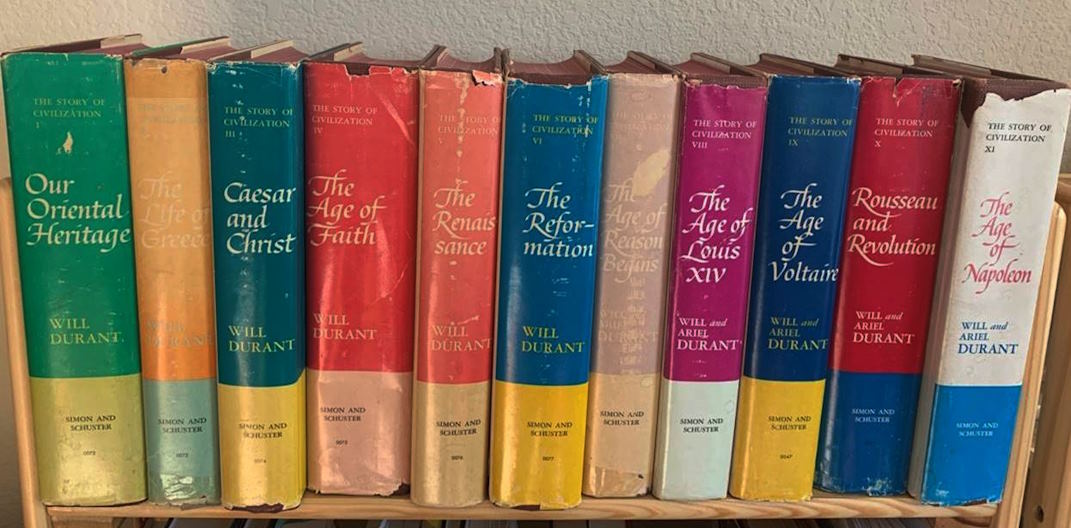
Middlebrow in the Age of Information
In the current age of information overload, examining middlebrow’s impact on literary evaluation has assumed an even more significant role. It serves as a filter, helping people navigate the vast sea of cultural content. Middlebrow books, films, and TV shows offer a balance, providing substance without the esoteric barriers of high culture and more depth than the typical lowbrow fare.
Middlebrow as a Marker of Cultural Shifts
The evolution of middlebrow is also indicative of broader cultural shifts. It reflects a society moving towards inclusivity in intellectual and cultural engagement. What was once a derogatory term now signifies a more egalitarian approach to culture, where the value of a work is not solely determined by its intellectual rigor or mass appeal but by its ability to engage, provoke thought, and resonate with a diverse audience.


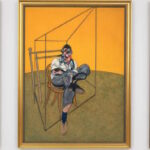






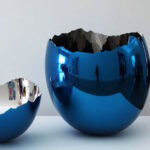







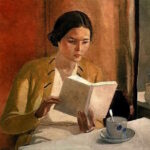
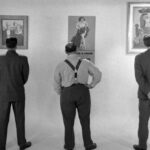



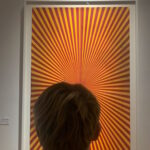


 Explore the grey area of culture at Middlebrow Network. Our site delves into the loaded and disreputable term ‘middlebrow,’ offering a unique perspective on its evolution and impact. Join us in decoding cultural complexities.
Explore the grey area of culture at Middlebrow Network. Our site delves into the loaded and disreputable term ‘middlebrow,’ offering a unique perspective on its evolution and impact. Join us in decoding cultural complexities.